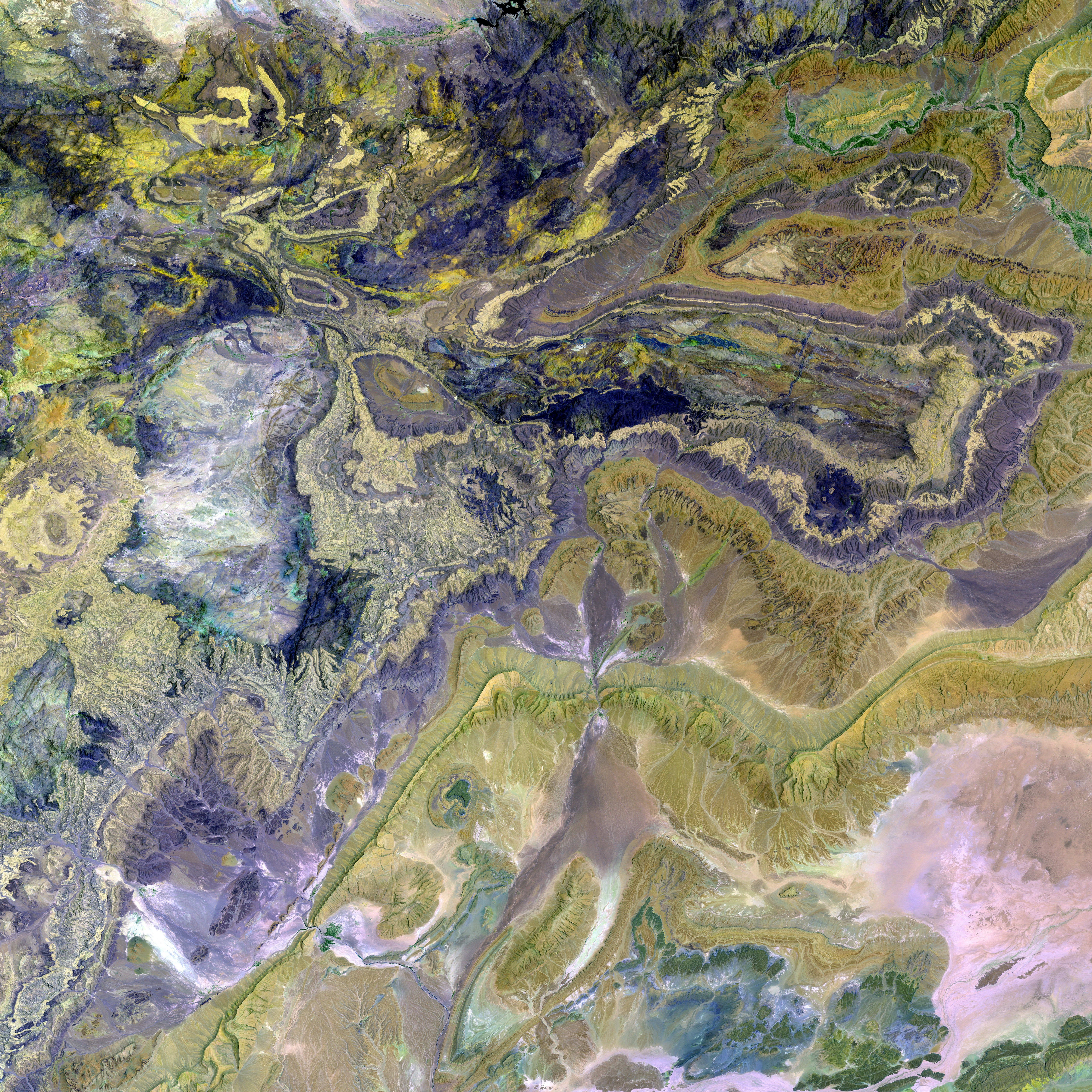Metaverse Elements: Fifteen Constituents of the Virtual Universe
The Metaverse: A Collective Virtual Space of Unprecedented Immersion
In today's digitally interconnected world, the Metaverse stands as an innovative concept that is reshaping the boundaries of virtual reality (VR) and augmented reality (AR) technologies. Serving as a collective virtual shared space, the Metaverse presents a fully immersive environment where users interact with digital objects and each other seamlessly, fostering a unique experience that transcends traditional virtual environments.
Indeed, the Metaverse has regained both public and corporate interest due to the recent advancements in VR and AR technologies, which have significantly improved the user experience.
One of the salient features of the Metaverse is its ability to create a profound sense of presence for users, achieved through advanced VR technologies that deliver a fully immersive environment. Users can interact with digital objects and other participants in a manner similar to the real world, making for an experience that sets the Metaverse apart from other virtual environments.
Another crucial aspect is its platform for social interaction, enabling people to connect, build communities, and engage in various activities within the virtual environment. The Metaverse's social element holds great potential for fostering new opportunities for businesses and individuals alike as virtual and augmented reality technologies continue to expand their reach and capabilities.
Here now, a comprehensive look at the 15 components that make up the Metaverse:
- Persistent virtual worlds: Consistently existing digital settings that mirror real-world physics and time, forming the foundation for various activities, including commerce, gaming, and social interactions.
- Customizable avatars: Digital personas that allow users to visually express their identity, preferences, and style, fostering personal engagement and investment within the Metaverse.
- Real-time interaction and communication: Seamless, synchronous exchanges between users, bolstering social ties and facilitating collaborative opportunities.
- Virtual economy with currency systems: An economic framework within the Metaverse that empowers users to buy, sell, and trade goods and services using virtual or real-world currencies.
- Interoperability across different platforms: Cohesive integration of various Metaverse environments and systems, enhancing user freedom and flexibility by allowing for cross-platform data and asset transfer.
- Immersive experiences with AR and VR: A cornerstone of the Metaverse, immersive experiences delivered through AR and VR technologies deepen user engagement, fostering a sense of presence within the virtual world.
- Blockchain technology for transactions and ownership: A reliable infrastructure for secure, transparent transactions and ownership verification through decentralized ledgers.
- Virtual real estate and land ownership: The acquisition, control, and development of digital plots of land, simulating real-world property dynamics within the Metaverse.
- Artificial intelligence integration: The deployment of AI to create dynamic and responsive environments that adapt to user needs and behaviors, fostering innovation and user convenience.
- Spatial computing and 3D environments: Tools that enable the creation of three-dimensional spaces for more natural and intuitive interactions within the virtual world, thereby enriching the overall user experience.
- User-generated content and creative tools: Empowering users to craft their own digital assets, environments, and experiences, fostering creativity and diversity within the Metaverse.
- Social networking and community building: Features facilitating user connection and community formation, essential for fostering a sense of belonging, user retention, and satisfaction.
- Digital asset creation and NFTs: Tokenized, unique digital items and assets that establish proof of ownership and foster a thriving digital economy, driven by both creators and traders.
- Cross-platform accessibility: The Metaverse's adaptability to a wide range of devices, such as smartphones, consoles, and high-end VR/AR headsets, making it accessible to a broader audience and removing barriers to entry.
- Privacy and security features: Measures implemented to safeguard user data and ensure secure interactions, crucial for fostering trust among Metaverse users and moderate the platform's growth.
In conclusion, the Metaverse stands as a transformative concept in the digital realm, leveraging cutting-edge technologies such as VR, AR, and blockchain to deliver fully immersive experiences and foster new opportunities for commerce, social interaction, and creativity. As further advancements are made, the Metaverse is poised to expand its horizons and become an integral part of our digital lives.
Further Reading:
- What Is A Metaverse Game: How To Start & Top 15 Games
- Build Your Own Metaverse: A Step-by-Step Guide
- Metaverse Console: Top 10 Metaverse Consoles
Notable Advancements:
- Meta's shift towards AI-driven projects like the Meta Motivo model and smart glasses signal the company's continued innovation with VR and metaverse technologies.
- NVIDIA, expanding its partnerships within the Omniverse platform, presents a robust solution for simulation and virtual world creation.
- Known for AR games like Pokémon Go, Niantic is exploring new focuses in spatial computing and AR experiences.
- The Metaverse, fueled by advancements in virtual reality (VR) and augmented reality (AR) technologies, offers a fully immersive environment where users can interact with digital objects and each other, surpassing traditional virtual experiences (Science, Technology).
- As businesses and individuals alike explore the Metaverse's social element, the potential for new opportunities arises, particularly in the realms of virtual commerce, community building, and creativity (Science, Technology).




